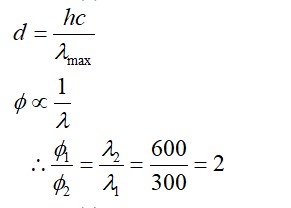When water is added to compound (A) of calcium, solution of compound (B) is formed. When carbon dioxide is passed into the solution, it turns milky due to the formation of compound (C). If excess of carbon dioxide is passed into the solution milkiness disappears due to the formation of compound (D). Identify the compounds A, B, C and D. Explain why the milkiness disappears in the last step .??????
When water is added to compound (A) of calcium, solution of compound (B) is formed. When carbon dioxide is passed into the solution, it turns milky due to the formation of compound (C). If excess of carbon dioxide is passed into the solution milkiness disappears due to the formation of compound (D). Identify the compounds A, B, C and D. Explain why the milkiness disappears in the last step .??????
-
1 Answer
-
This is a long answer type question as classified in NCERT Exemplar
Compound A reacts with water to form compound B. So, the compound A is calcium oxide. When water is added to calcium oxide, calcium hydroxide is formed. It is lime water. The compound gives a milky appearance which is compound C. The compound C is calcium carbonate. On passing, excess carbon dioxide milkiness disappears due to the formation of compound D. The compound is calcium hydrogen carbonate. The reactions are as follows:
CaO+H2O→Ca (OH)2
Ca (OH)2+CO2→CaCO3
Ca (OH)2+CO2+H2O→Ca (HCO3)2
Similar Questions for you
Li+ has the highest hydration enthalpy.
Hence it is most hydrated
Therefore, Correct order of hydrated radii is Cs+ < Rb+ < K+ < Na+ < Li+
Taking an Exam? Selecting a College?
Get authentic answers from experts, students and alumni that you won't find anywhere else
Sign Up on ShikshaOn Shiksha, get access to
- 65k Colleges
- 1.2k Exams
- 679k Reviews
- 1800k Answers






